L'Anse Aux Meadows
An ancient Viking village in North America that predates Columbus by 500 years.
Situated at the northernmost tip of Newfoundland in Canada is a village settled by the Vikings and estimated to have been established around AD 1000, 500 years before Christopher Columbus discovered the Americas. Representing the farthest known exploration on the part of the Vikings, L’Anse aux Meadows is a made up of eight simple buildings made of sod over wooden frames.
This settlement is thought to be the fabled Vinland, a place immortalized in Viking sagas as a distant outpost. L’anse aux Meadows would have been used as a stopping-over point to restock food and provisions before exploring further west, probably New Brunswick, or traveling east back to Greenland. Some believe that the Vikings may have made it as far into North America as the Great Lakes, though evidence of this is scant.
The Viking buildings are widely thought to be either homes or workshops, and many are related to iron working, carpentry and boat repair. Archaeological evidence indicates that it was in use for about 15 years before it was abandoned. Whether they left due to weather, food, boredom, or were chased off by the Indigenous peoples is unknown, but it seems like they didn’t leave in haste, and took most valuables with them. The sagas about Vinland suggest that North American exploration was halted after relations soured with the Dorset or pre-Beothuk inhabitants.
In order to protect the site, the Canadian government buried the excavation in white sand and covered it with sod. They built replicas of the buildings nearby, with a boardwalk surrounding. The climate at the site is sub-Arctic, and icebergs can be seen off the coast in June and July, as can whales.
The building frames are laid out with signage to indicate what each space was used for. The replica spaces have costumed interpreters, highly skilled in a number of crafts and knowledgeable about the lifestyle the original occupants likely led. An interpretive center houses artifacts, a short film with recreations, and some learning stations featuring interpreters’ work to recreate crafts such as iron smelting.
Know Before You Go
The National Historic Site is open seasonally, as is the nearby independent historical-interpretation site of Norstead. Depending on when you go, there may be live blacksmithing, weaving, or cooking demonstrations, with food you can try.

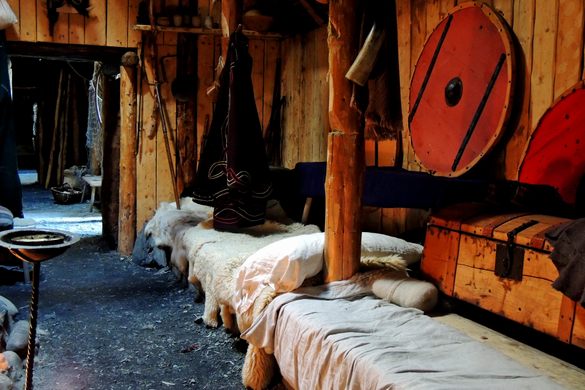




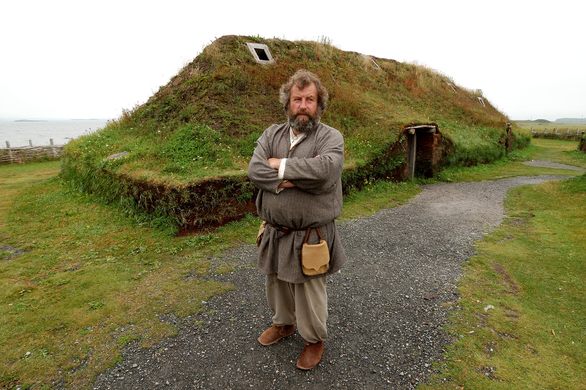









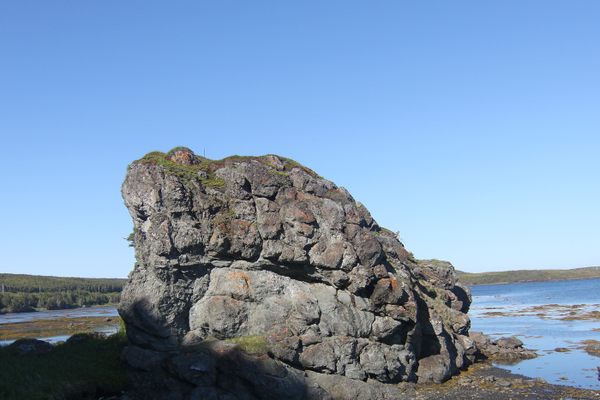



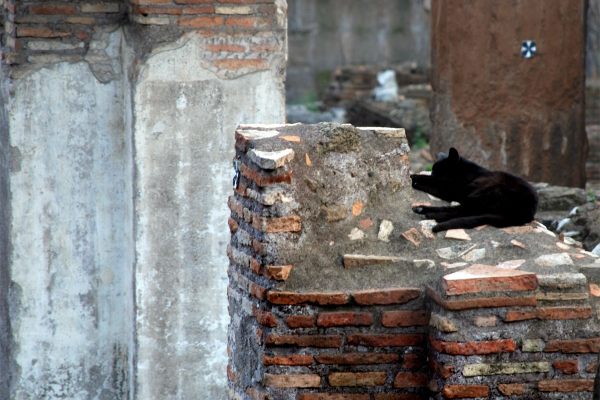
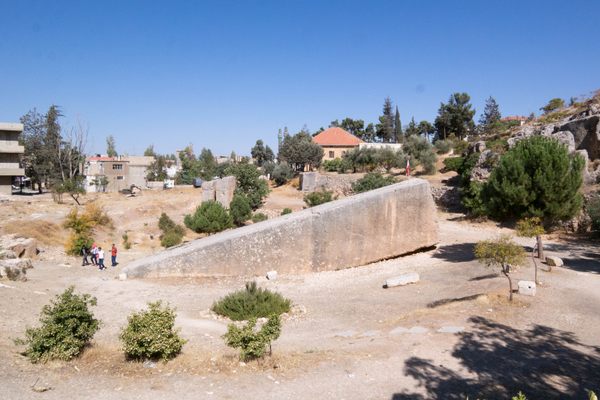

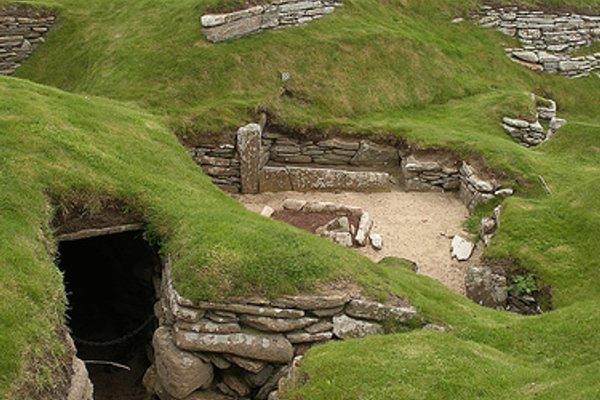

Follow us on Twitter to get the latest on the world's hidden wonders.
Like us on Facebook to get the latest on the world's hidden wonders.
Follow us on Twitter Like us on Facebook